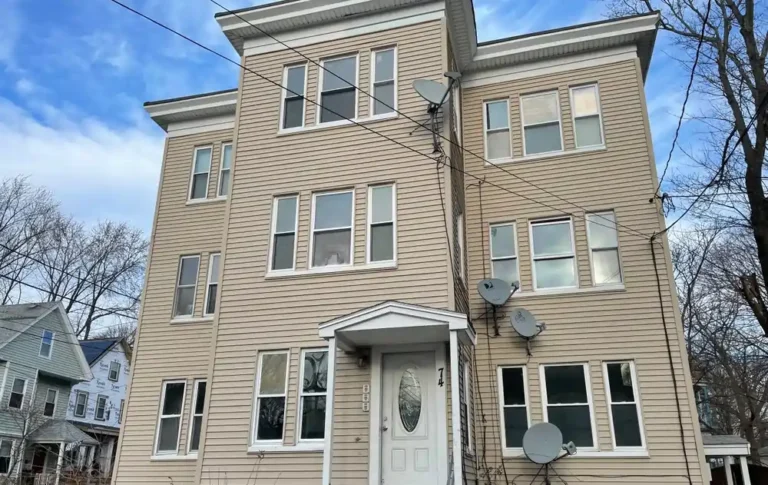
These conditions include problems with thinking, depression, anxiety, PTSD, elder abuse, sleep problems, chronic pain, struggles with ADLs, and risk of falling. Indepth assessments allow you to better understand the full range of factors in clients’ substance misuse. Screening and assessment results contribute to client-centered care by helping you offer treatment options that meet clients’ individual symptoms, risk factors, treatment needs, and treatment preferences. In recent years, the number of older adults suffering from addiction has risen. This alarming trend is due to a combination of factors — including an increase in access to prescription drugs and alcohol and a decrease in family support and social interaction that occurred during the pandemic. Additionally, many older adults deal with chronic physical or mental health issues that substance use disorders can exacerbate.
Study explores effective strategies to combat loneliness in older adults

The misuse of prescription medications is another prevalent issue among seniors. This can happen when older adults have access to different medicines prescribed by multiple doctors. When patients abuse their drugs – either intentionally or accidentally, it increases their risk of developing addictions.
Co-Occurring Mental Disorders
- This information will help you differentiate among substance misuse, CODs, physical conditions common in older populations, and symptoms of normal aging.
- Try using nonmedication treatments in place of or along with opioid treatment.
- Therefore, tolerance in an older individual does not necessarily mean that they are dependent on the substance.
- Nevertheless, healthcare and behavioral health service providers should assess how older adults use such medications, with an eye toward potential adverse reactions and interactions.
- TEDS data provide information on admissions to substance abuse treatment in 2012, and DAWN data provide information on drug-related ED visits in 2011.
Early recognition and treatment are some of the best ways to help anyone struggling with substance abuse issues. Substance abuse, particularly of alcohol and prescription drugs, among adults 60 and older is one of the fastest growing health problems facing the country. https://ecosoberhouse.com/article/ketamine-addiction-symptoms-effects-and-treatment/ Yet, even as the number of older adults suffering from these disorders climbs, the situation remains underestimated, underidentified, underdiagnosed, and undertreated.

Prescription Drug Abuse

Opioids are the second most commonly reported substance of abuse by seniors.1 The number of fatal opioid overdoses among seniors has risen dramatically over the last decade. If you’re worried about an older loved one’s use of alcohol or drugs, talk to them about it. If that doesn’t work, consider asking their doctor, minister, or a longtime friend to approach them instead. “My first job as a clinician,” says Lehmann, “is to convince these patients to cut back on using.” Involving the family is critical, she adds, because a spouse or partner may also be drinking heavily and could be sharing opioids with loved ones.
Report Resources

The DAWN results are evidence that prescription drug misuse does result in high numbers of older adults visiting the ED. Inpatient treatment is an option for older adults who need around-the-clock care and support while they undergo detoxification and treatment for their substance abuse problems. This type of treatment offers a safe, structured environment with constant access to medical professionals, counselors, and other mental health professionals with expertise in treating older adults suffering from addiction. Medicare covers certain mental health and substance use disorder services. For example, Medicare Part B takes care of costs for services in opioid treatment programs.
Prescription drug misuse
As people age, many sooner or later have problems completing everyday tasks on their own, like bathing, cooking, shopping, and driving. Substance misuse can make everyday living even more difficult, including ADLs and instrumental activities of daily living (IADLs). ADLs are basic everyday tasks like dressing, using the toilet, using the phone, and feeding oneself. As part of assessing substance misuse, measure clients’ ability to complete ADLs and IADLs without help.
Older Adults and Substance Use Disorder
- In recent years, the number of older adults suffering from addiction has risen.
- This will help you respond appropriately to any client’s reports of abuse and self-harm.
- You may want to give another depression screen earlier if the client reports worsening symptoms or if the client seems to be feeling worse.
- The following sections describe some of the most common parts of a full assessment, targeting only those parts that are most appropriate for older clients who misuse substances.
- Interventions ranged from social activities and psychological therapies to animal-assisted and skill-building programs.
It also increases the chances of clients receiving the correct diagnosis and needed treatment. The prescribing of opioids to older adults should be done with caution. Older adults have impairments in drug metabolism and elimination, causing opioids to be more potent and have longer duration of action than predicted in older adults compared to younger adults 59.
This means that drugs can stay in their system longer and have a more significant effect. Additionally, their brains can be more sensitive to substances due to aging-related physical changes, such as decreased neurotransmitter levels or slowed metabolism. As a result, seniors are at an increased risk for developing substance use disorders and addiction-related behaviors like seeking out drugs despite negative consequences. In recent years, the number of senior citizens seeking addiction treatment in the United States has skyrocketed. The number of adults aged 55 and over who sought out addiction treatments increased by more than 50 percent between 2009 and 2020. This alarming statistic shows that substance use disorders do not discriminate and can affect any population, including older adults.
- Medicinal cannabis, however, is part of an unregulated industry with no medical or government oversight and thus largely operates under the Herbal and Dietary Supplements Industry.
- This is because substance use can often affect chronic pain in positive ways, even though the substance itself is harmful.
- Additionally, the effects of some drugs—like impaired judgment, coordination, or reaction time—can result in accidents, such as falls and motor vehicle crashes.
- Reducing these neurotransmitters has been linked with higher rates of depression, anxiety, and other mental health issues, increasing one’s risk for substance abuse or addiction.
- It is also important to note the difference between pharmacologic preparations of cannabis and medicinal cannabis.
- Keep in mind that almost all clients will have mixed feelings about their substance use.
Clients will feel safe sharing detailed information as their trust in you builds. If a depression, anxiety, PTSD, or trauma screener is positive, give a full assessment using DSM-5 diagnostic criteria to determine whether a disorder is present (or refer the client for further evaluation if you do not have the training and credentials to make a mental disorder diagnosis). Even if a screener is negative, the TIP consensus panel recommends that you occasionally rescreen clients.
Clinical Guidelines When Opioid Misuse in Older Adults Is Suspected
The AUDIT has been used in a variety of settings and diverse populations including older adults.66 The AUDIT contains ten items that assess for alcohol consumption, drinking behaviors, and alcohol-related problems in the past year. A plain language summary of prescription opioids that explains effects on the brain and reported use. Making a treatment plan only after getting a positive substance misuse screen, completing a full assessment, and making a diagnosis of SUD. Having a first-degree relative (i.e., a parent, child, sister, or brother) who misuses substances. For instance, a person has five times the risk of developing alcohol dependence if he or she has any first-degree relative with alcohol dependence.516 The client’s misuse may have a basis in genetic factors, modeling of behavior of others, or both. Depending on the client’s cognitive abilities, you may need to speak with a family member or a family caregiver to get information about the substance abuse in older adults client’s mental health and history.
